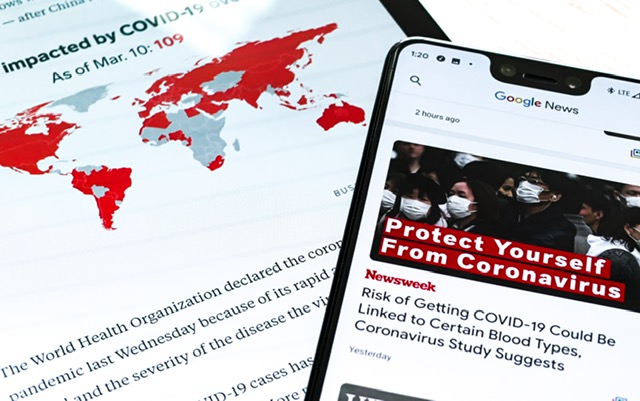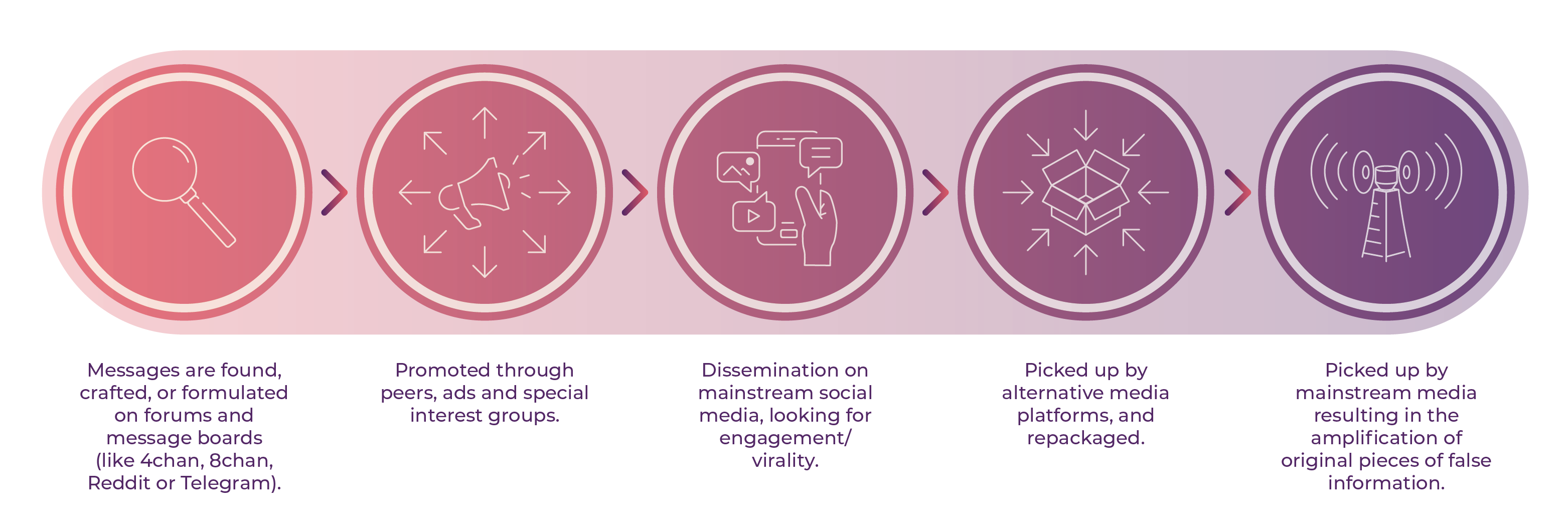Information needs an audience, and in this day and age, it is quite easy to find an audience on social media. This makes it possible for false information to spread rapidly and widely. Especially on social media, false information can spread quickly mainly due to three reasons:
- Algorithms: social media favours sensationalistic news, promoting it and labeling it with high importance on the platforms.
- Strategic engagement: social media ads can be used to share false information to specific audiences, with organised networks and bots being used to spread the content further. People who are vulnerable to false information are reached easily and used as an amplification mechanism as well.
- Selective exposure: people tend to share stories that are aligned with their pre-existing beliefs and opinions, whether they are factual or not.

Stories with a lot of online engagement tend to be interesting for journalists. As false information tends to be very engaging, the result is that false information also appears in mainstream media. Disinformation travels easily from online spaces to mainstream outlets, generally following the same pathway:

![]()
Once you have finished this unit, you should be able to:
- value the collaboration of media organisations and joint strategies to counter disinformation;
- be aware of the impact of mis and disinformation on effective and responsible reporting;
- use simple tools to recognise amplification of disinformation on social media;
- assess your own article using the responsible reporting checklist;
- feel confident in describing how disinformation spreads.
